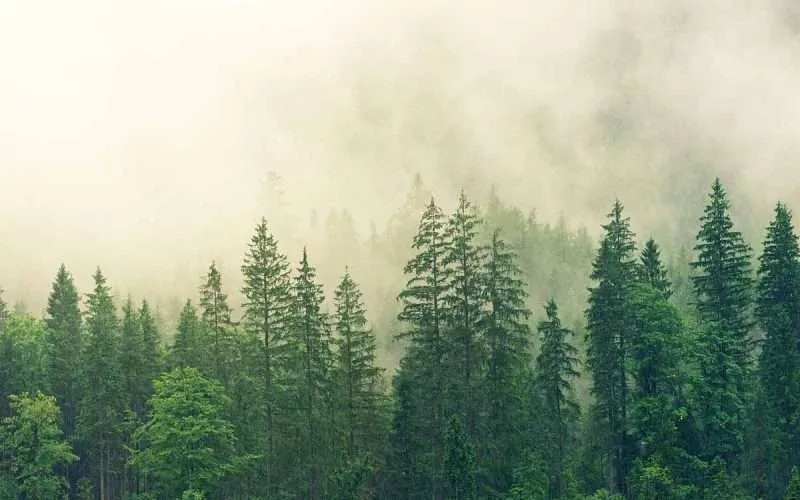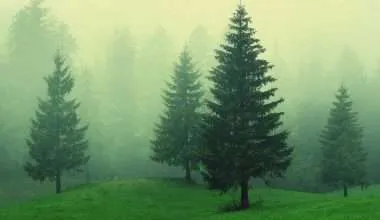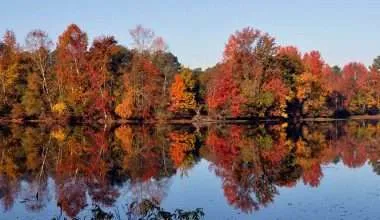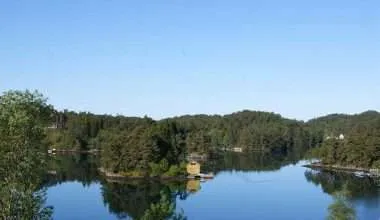Table of Contents Show
To understand how many types of forests exist in the world, it is first essential to understand our own definitions of forests.
The criteria, as set by the United Nations Food and Agriculture Organization, is that any gathering of trees, covering an area that is at least 0.5 hectares big, and has a tree crown cover of over 10% classifies as a forest.
Following that criteria, forests exist everywhere. On mountain tops, in valleys, tropics… you name it, we most likely have it. Though the forests in each separate location would greatly vary.
Depending on atmospheric conditions, temperature, soil, and other natural factors, various different types of forests may eventually grow. This results in plenty of types of forests that cover the Earth.
With forests being able to sprout up in an array of conditions, it is not an entirely surprising fact that forest vegetation covers around 30 percent of the Earth’s surface.
From the freezing cold mountainous terrains, to the barren, dry desert lands, to the mildly temperate regions; various species of trees can be found everywhere. These contribute to the total global area that forest vegetation covers and the various ecosystems that they support.
How do we classify Forests?
Since there are many different types of forests, it is integral that we are able to classify them accordingly. One of the most widely used methods for differentiating between various types of forests is categorizing them according to their average distances from the equator.
This is because temperature and other environmental conditions change somewhat uniformly as we move away from the equator. In short this means that the same types of conditions exist a certain distance away from the equator.
Therefore, the same types of forest species are able to grow in those regions, then regardless of whether that region falls in the Northern Hemisphere or the Southern Hemisphere.
Forests provide us with innumerable benefits; food, shelter, better environmental conditions being just a few that could be considered.
And that is why, with the immeasurable number of advantages that the trees of a forest provide us, it is imperative to know which type of forest grows in every specific region.
Different Types of Forests in the World
While many of us may be familiar with certain terminology or be able to use popular lingo such as ‘rainforests,’ there are actually just three major types of forests that exist.
These include tropical forests, temperate forests and boreal forests.
All three of these types are classified according to the latitudes. However, they are biologically further categorized into more specific subsets.
1. Tropical Forests
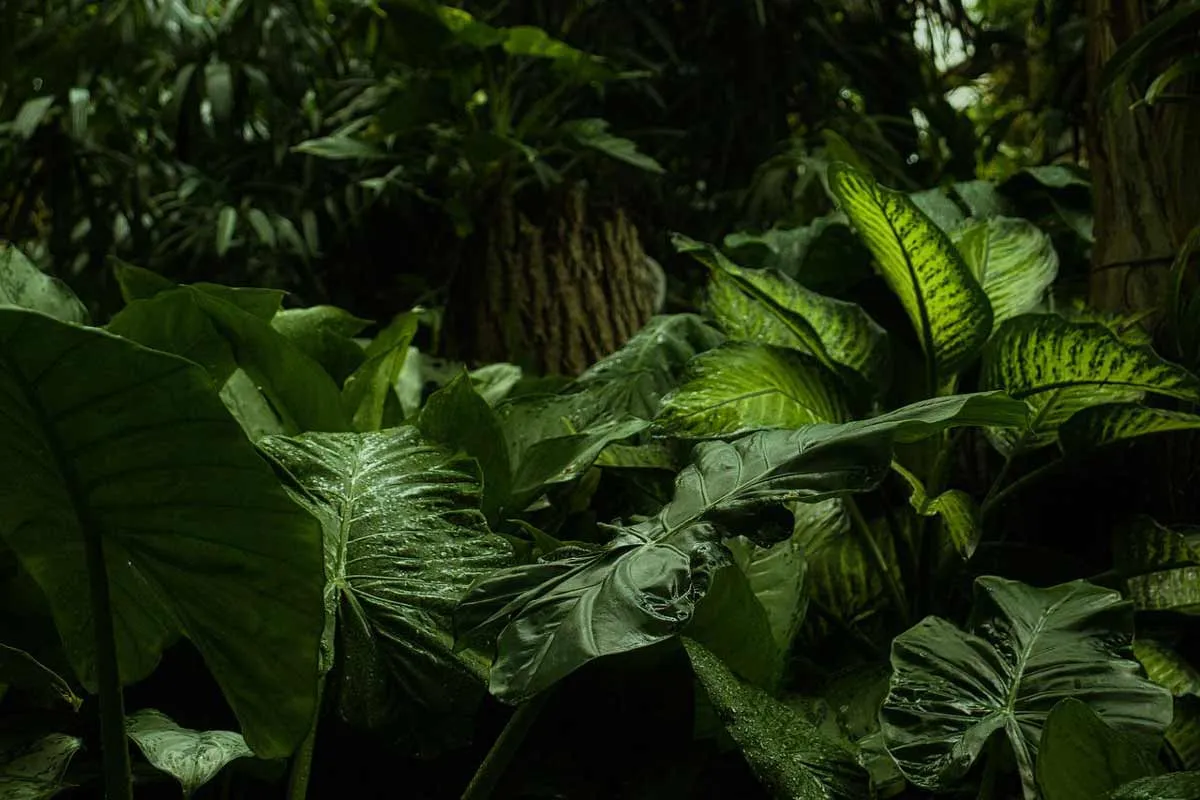
The first of these forests are the tropical forests, the most popular sub-category. Found between latitudes of 23.5 0 North and 23.5 0 South, these forests face humid weather conditions with high temperatures.
Average temperature ranges for these forest types fall between 680 F to 770 F… a temperature range that holds steady throughout the year. With no winter season per se, the tropical forests provide ideal conditions for both plants and animals to survive easily.
Added to the favorable climate is the approximately 100 inches of water that the tropical rainforests receive every year. This means that the forest has the potential to grow and thrive also. The soil however is not very nutrient-rich.
This is because while decomposition occurs at an incredible rate in these woods, the high quantities of rainfall typically leach nutrients from the soil resulting in soil that does not have a high nutrient value.
Trees found in tropical forests mostly consist of trees that have broad leaves, such as the sort found on ferns, orchids, vines, mosses and palms. The trees themselves are able to reach heights of over 80 to 115 feet.
The thick foliage means that sunlight will, very rarely if ever, filter down to the ground. This means that most of the creatures found in tropical rainforests will include snakes, monkeys, cobras or even birds that have adapted and evolved to suit the low-light situation
There are various subsets or rather categories of tropical rainforests. The different categories of rainforests include:
The Evergreen forests
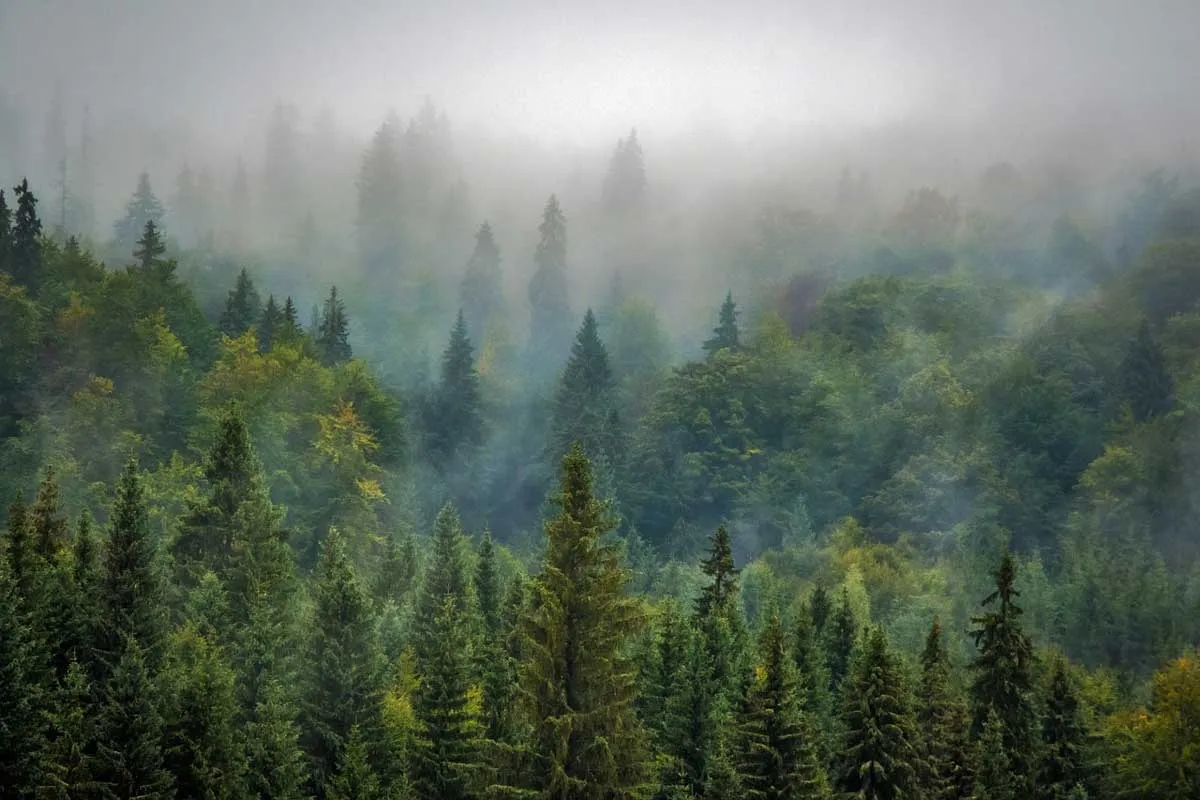
An evergreen forest is one composed entirely of evergreen trees. This species of trees grows in a variety of climatic zones.
This often includes different varieties in different climate zones. Examples include conifers and holly in cold temperatures, eucalyptus, Live oak, acacias, and banksia in temperate zones, and rainforest trees in tropical zones. These forests receive rainfall all year long.
Seasonal forests
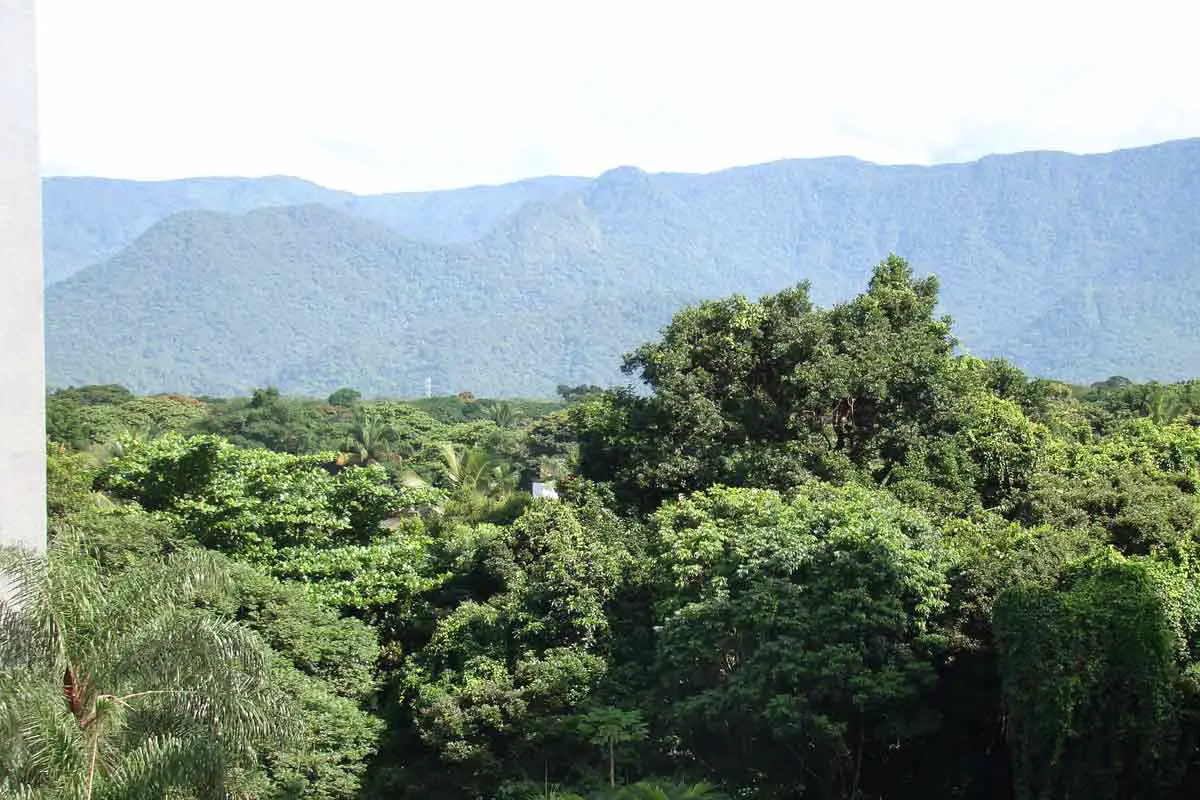
Seasonal tropical forest, also known as moist deciduous, semi-evergreen seasonal, tropical mixed, or monsoon forests, is made up of a variety of tree species, only some of which lose part or all of their leaves during the dry season.
This means that the vegetation which may be evergreen but the forest does not receive rainfall for a short time during the dry summer months. That is why these seasonal forests are generally concentrated in seasonally wet regions. These include regions that depend on seasonal rainfall such as the monsoon region in South Asia.
Dry Tropical Forests
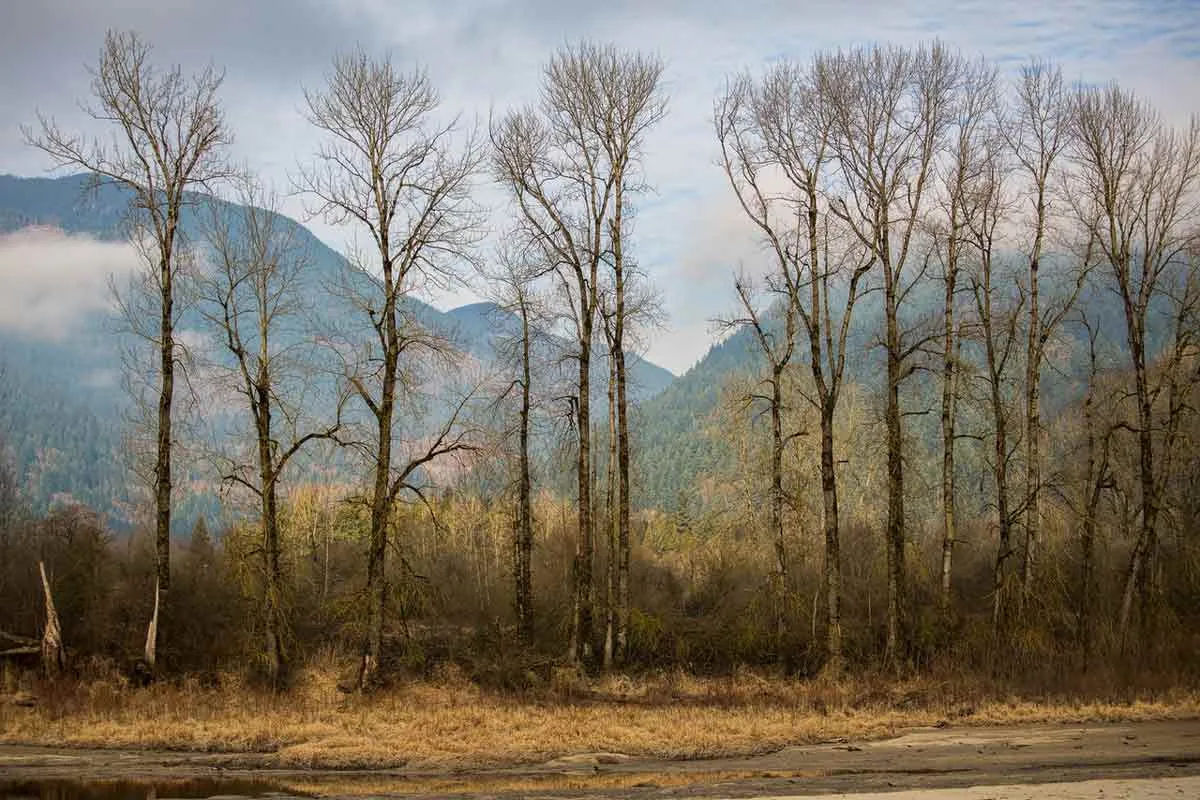
Tropical dry forest, also known as monsoon forest or tropical deciduous forest, is a biome that includes any open woodland in tropical climates that has a lengthy dry season followed by a strong rain season.
These forests are generally found North or South of the World’s tropical rainforests.The structure and composition of a tropical dry forest is determined by the quantity of rain that falls on it. Forests with more rain are higher and feature more evergreen species, whereas those in severely dry places have a lower, less thick canopy and more plants that fall dormant during drought.
Montane
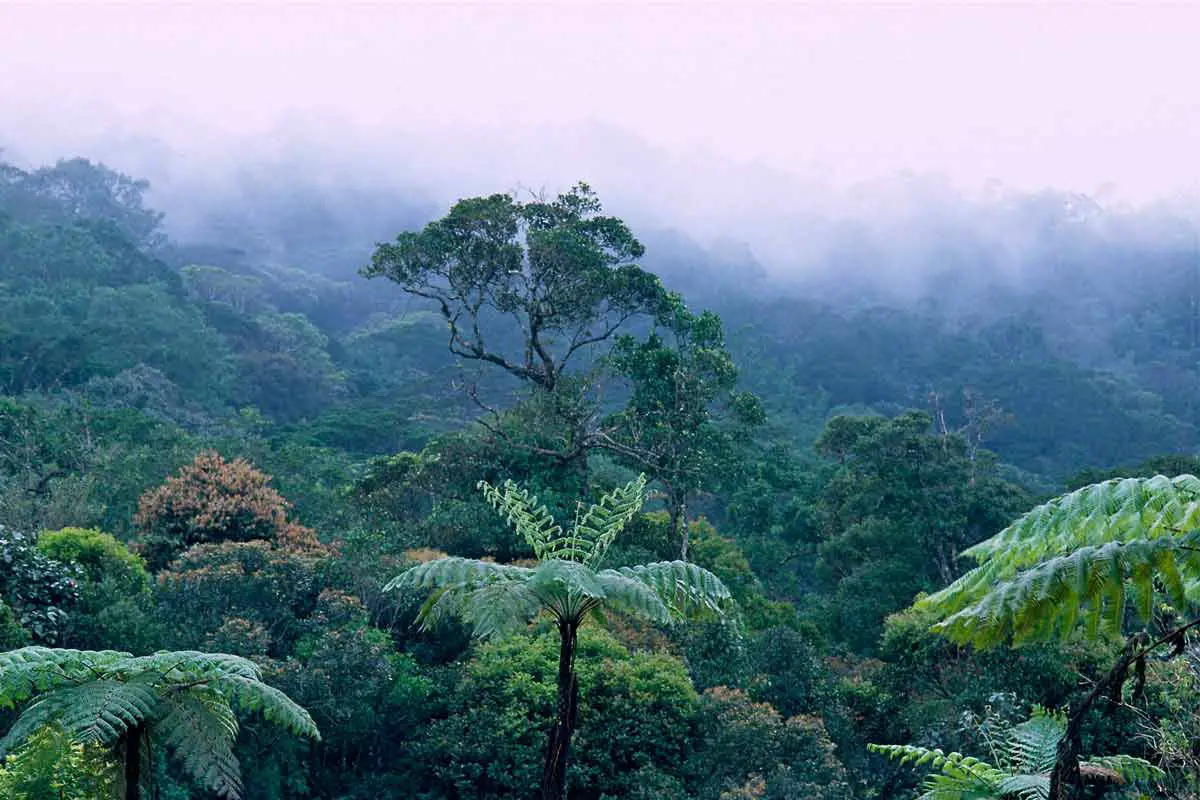
India’s montane forest. Any habitat situated in the mountains is referred to as a montane ecosystem. In locations of intermediate height, dense woods are frequent. The temperature, which becomes colder as elevation increases, has a significant impact on montane habitats.
Tropical and subtropical coniferous
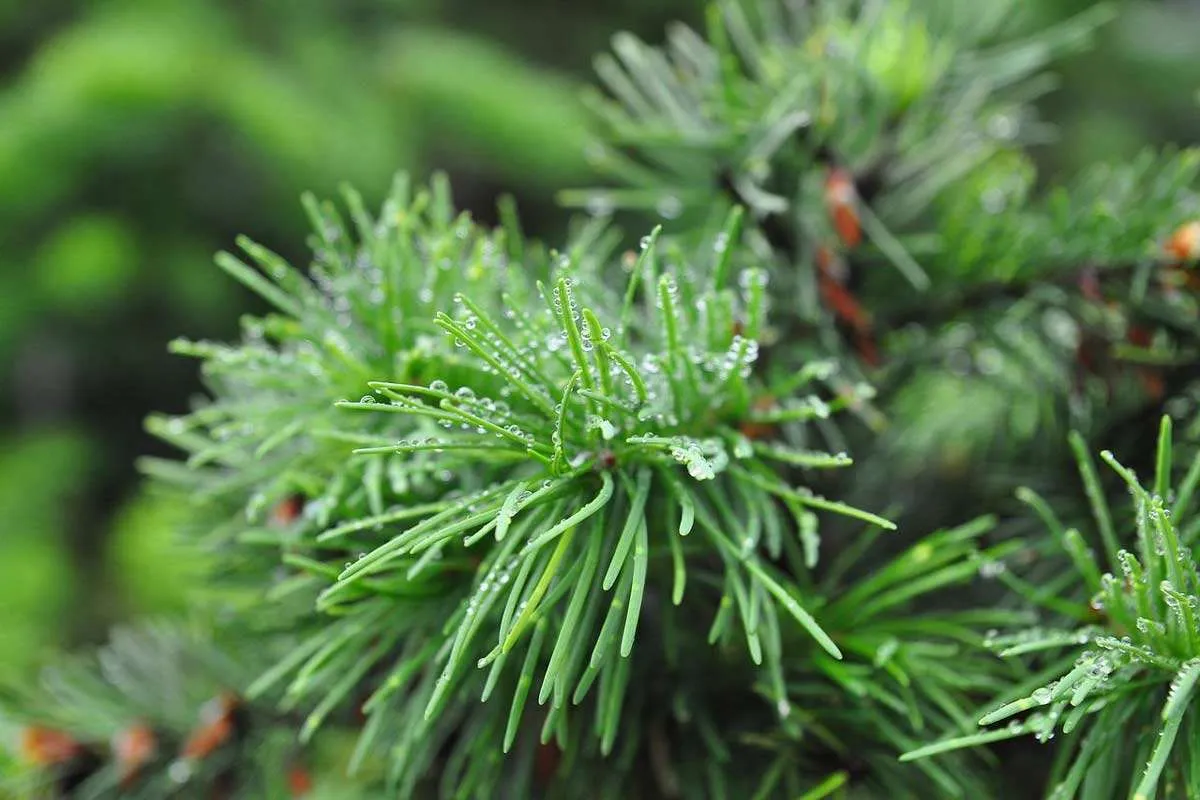
Tropical and subtropical coniferous forests are found mostly in North and Central America. Mexico possesses the world’s most diverse and complex subtropical coniferous forests.
Over 200 kinds of conifers may be found in tropical and subtropical conifer forests alone. The conifer trees are distributed within two major biomes; tropical and subtropical conifer forests and temperate forests.
Subtropical:
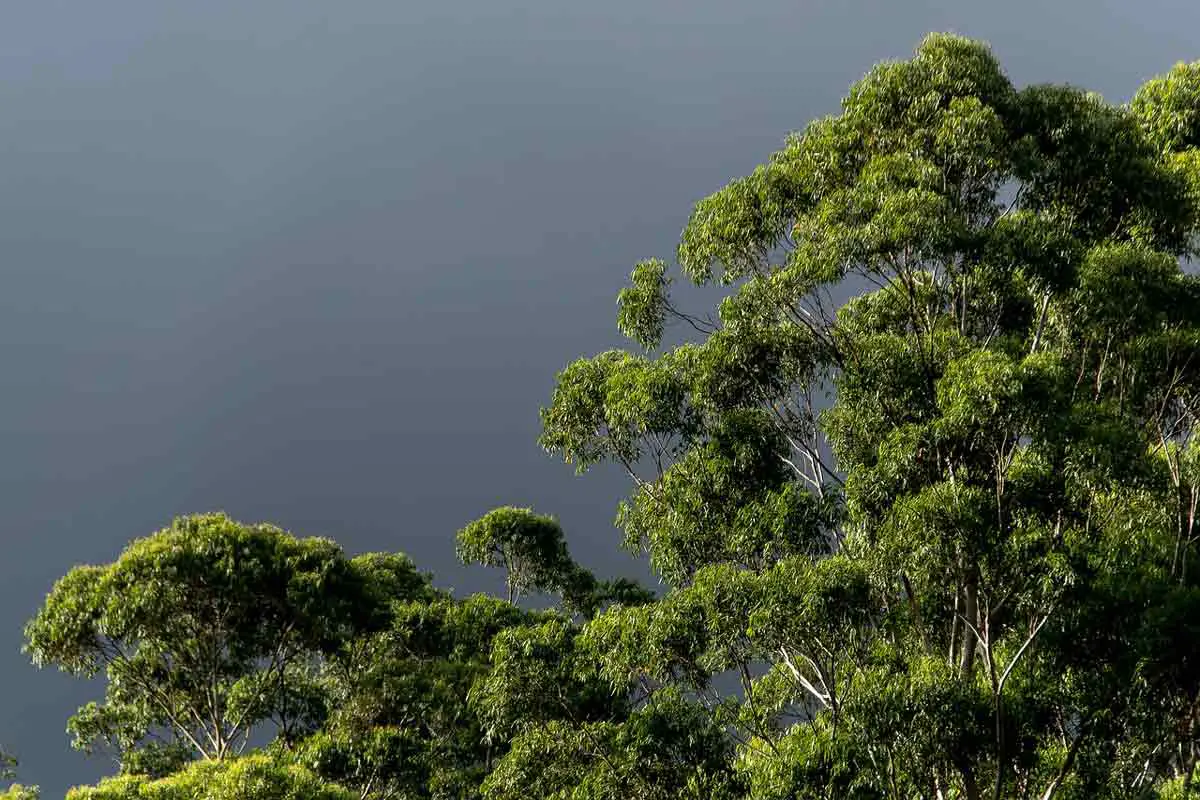
Subtropical woods are found outside of the equatorial region, but within or near the tropical zone, and feature more visible seasonal fluctuations. Although temperatures may change very little over the course of a year, rainfall may be distributed unevenly, resulting in wet and dry seasons. This allows the trees growing in these forests to adapt to the dry summer droughts.
2. Temperate Forests
The forests that fall within the temperate regions experience a greater variety in temperatures. Ranges include summers that are warm and winters that are cool.
It goes without saying then, that the plant life found within this region will also be varied. In fact, the variety includes coniferous trees with needle-like leaves as well as the broadleaf evergreens.
Temperate forests are further classified into two:
- Temperate deciduous forests
- Temperate coniferous forests
Temperate Deciduous Forests
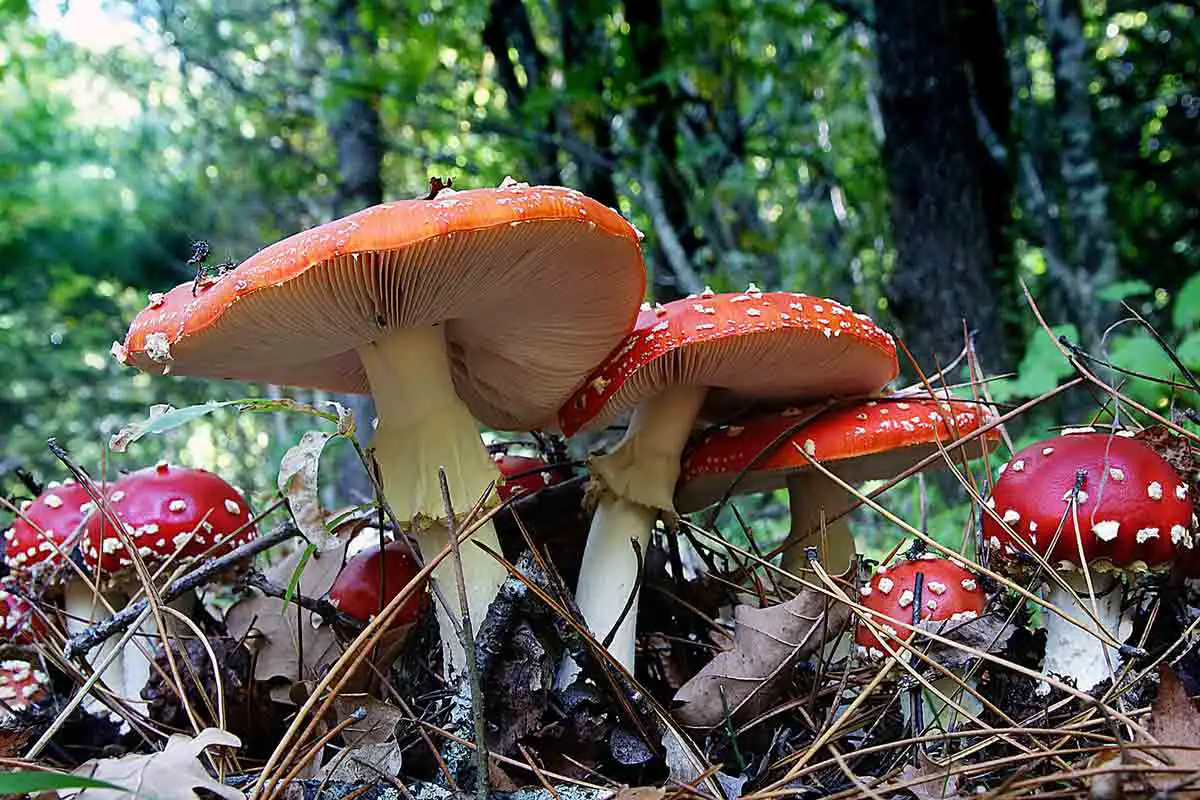
Temperate deciduous woods may be found in China, Japan, Western Europe, and portions of Russia, as well as the east coast of the United States and Canada. They have four different seasons and receive precipitation all year.
In the spring, summer, and fall, precipitation falls in the form of rain. In the winter, it snows. Annual rainfall in temperate deciduous woods ranges from 30 to 60 inches. And the soils are quite fruitful.
Although the majority of these forests are dominated by oak, maple and birch trees; it is still not uncommon to find ferns, moss and wildflowers littered over the forest floor. Moreover, even some evergreen trees can be found in temperate deciduous forests. Evergreens found here include species such as fir and pine.
Due to the rather cold winter environment, these forests are largely inhabited by animals that are adapted to survive in the cold. These often include hawks, red foxes, and even small birds such as cardinals and woodpeckers.
Temperate Coniferous Forests
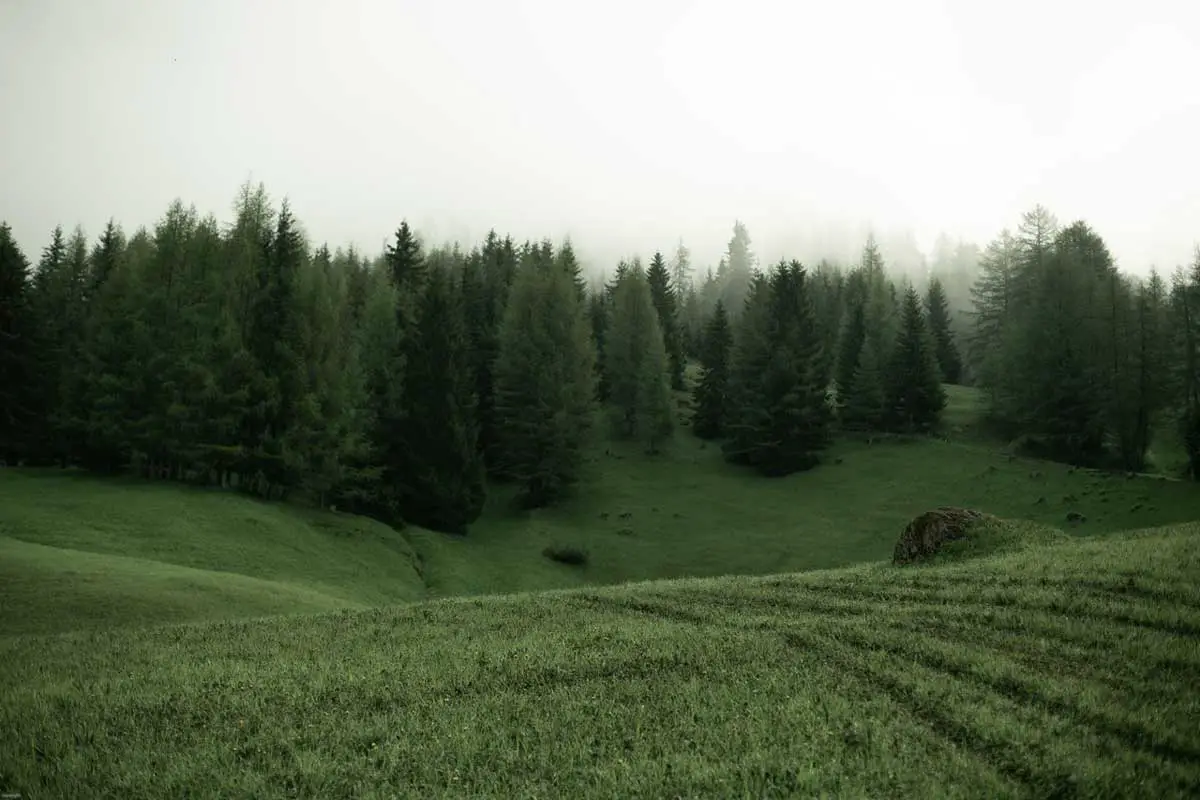
The temperate coniferous forests are an interesting variety. These are found generally in either regions influenced by the maritime effect. These are coastal regions that have moderate to mild winters and plenty of rainfall.
The temperate coniferous forests may also sprout in-land. This usually occurs in mountainous regions where the climate is mild and water is plentiful. These regions are famously found in New Zealand, the Pacific Northwestern areas of the USA and Canada, Japan, South America, and parts of Northwestern Europe.
Temperate coniferous woods have a wet environment and a lengthy growth season due to high precipitation levels. Each year, the woodlands get between 50 and 200 inches of rain. Soils are generally densely packed with decomposing materials which aid in the growing process.
The Evergreen conifers that dominate these woods grow to be quite tall. This is due to the heavy rains and mild temperatures that provide ideal conditions for the conifers to prosper in.
In temperate coniferous woods, you may expect to see trees like cypress, cedar, pine, Douglas fir, redwood, and spruce. Some deciduous trees, such as maple, are also common, as are ferns and mosses.
These forests are commonly home to species of small animals such as elk, deer, black bear, marmot, spotted owl and murrelet.
3. Boreal Forests
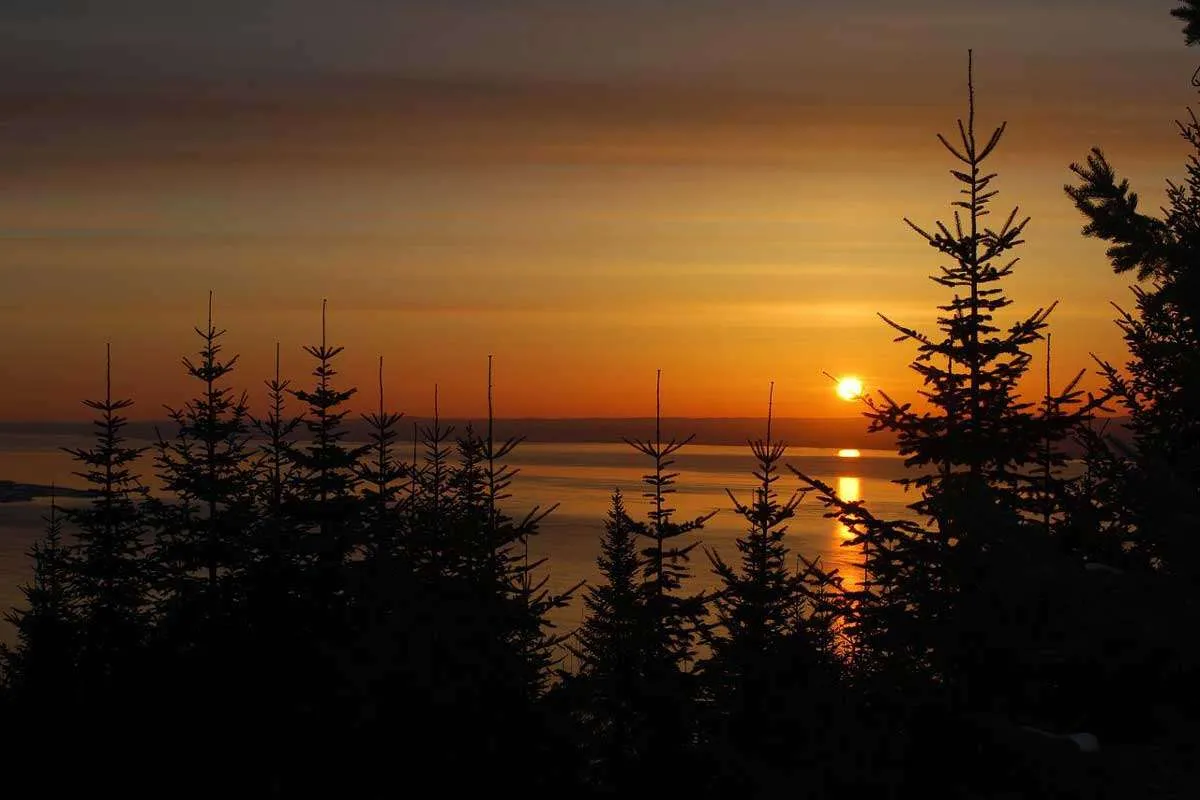
Falling within the latitude ranges of 500 to 600 N, the Boreal or Taiga forest regions are best known for their very short summers and excessively long winters.These include forest regions that are generally located in Scandinavia, Canada, Siberia and Northern Asia.
Precipitation, received as snow, measures between 20 to 40 inches per annum, the soil is thin and the rate of decomposition in the region is very slow also. Since the trees that grow in the evergreen regioni include fir, pine and spruce, it is safe to deduce that evergreen trees are generally seen in Boreal forest regions.
Keeping in mind the low temperatures that are a norm in the Boreal forests, the animals found here have thick, long fur and are familiar with surviving in such weather. The animals found here include deer,moose, caribou, elk, lynx, snowshoe hare, wolves as well as wolverines.
Why do we even need forests?
Living in an era where deforestation is a topic that nearly everyone knows about, it is little surprise that we should discuss why all of these forests, regardless of the ‘types’ they fall into, are so important.
The forests of the World have an integral role and maintain a stable habitable environment in the world, while also contributing to societal and economic growth.
The four main reasons why we should be trying to save our forests are:
Climate Stability
Forests, through the effects of photosynthesis, contribute significantly to the Earth’s capacity to sustain its climate. Photosynthesis is ofcourse the process by which plants use sunlight, water and carbon dioxide to produce glucose for energy.
A by-product of this particular reaction is oxygen. Oxygen being integral to life basically means that forests act as natural air purifiers which enable the conditions for life. Carbon dioxide is also a greenhouse gas so its removal means that the effect of greenhouses is reduced.
This reduction of atmospheric carbon dioxide means that there is less of an effect of global warming. Hence, the temperature of the Earth is kept at a near constant allowing life to florish.
Ecological Benefits
Forests are extremely beneficial in aiding in the prevention of soil erosion by reducing the impact that rain drops can have as they freely fall to the surface. They also absorb the water, preventing runoff from washing away topsoil. This keeps nutrients in the soil and prevents leaching of soil.
Furthermore, woodlands serve as water filters. In addition to replenishing subsurface aquifers, they collect and store water. Forests are also a cause of increased surface humidity. This is basically a measure of the amount of moisture in the atmosphere.
The water that the trees absorb through their roots is lost as water vapor from the leaves in a process called transpiration. It can be thought of as tree sweat. This increase in humidity lowers the temperature and increases precipitation in the region.
Biodiversity
No other biome on the planet has as diverse a biodiversity as forests. This explains why only a small percentage of forest species have been examined.
The diversity of trees and plants found in tropical woods is far too diverse and concentrated to be completely documented.
Economic Importance of Forests
Communities settled in and around forest regions are likewise dependent on the plants and animals found within the forests for their livelihood and survival.
Plant products are also used in different medicines while manufacturing industries (for instance paper and wood industries) get raw materials from forests and trees also.
Gums, dyes and spices are three more industries that are reliant on forests for their raw material supply. And finally, adding to the aesthetics of their region, forests also assist in promoting ecotourism within their region.
We live in an era where everyone, from world leaders to students such as Greta Thunberg know and realize about the reality of issues such as climate change and how forests can help to minimize the impact of such issues.
And it is for these very reasons that we need to preserve our forests, regardless of the type that they fall into.
What is a Forest Ecosystem?
An ecosystem is basically defined as a community of interacting organisms. In a forest, It is the relationship shared by forests and all the creatures that live amongst them.
This includes both the living organisms that inhabit the region as well as the inanimate objects that support the living organisms. This often includes rivers, lakes, rocks and even at times caves.
